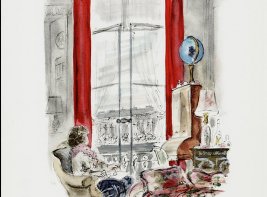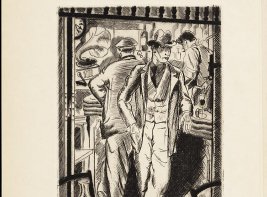Clouk et Chérie
Year: 1935
Author: Colette (1893 - 1954)
Artist: André Dignimont (1891 - 1965)
Illustrator (initials): Jean-Gabriel Daragnès (1886-1950)
Publisher: Amis de Colette
Odd dedication
The illustrator of the first volume was André Dignimont, who was known- as Colette was- as a decadent artist, in his case because of the many nude portraits and his erotic drawings. He was ideally suited to do the illustrations for this tender subject. The printer of all four volumes was Jean-Gabriel Daragnès (1886-1950), who printed the books in Montmartre in a large size and a small edition. Copy number 89 was printed for the Koopman Collection. The book was published in June 1935. André Dignimont inscribed onthe colophon that the book was printed on Easter Day for 'Mademoiselle Anny Antoine Koopman'. She had already been dead for two years, and the addition of her fiancé's name looks a little odd. Koopman kindly requested the publishers to modify the dedication. In order to reach a compromise, the publisher asked the illustrator to do something extra. Dignimont then drew one of his typical woman's heads, and Colette later added her autograph to it in blue ink. This might have been done at a meeting of Koopman and Colette in Paris: a note pertaining to an appointment with Colette has survived.
The printer used blue as a secondary colour in this book, which meant that the initials that had been designed especially for this edition were also printed in blue. The initials are graceful and imposing, printed across 18 lines and taking up over half the page with their height of 12 centimetres. Their size isn't as noticeable in narrow letters like 'I' or 'J', but it is in 'E', 'L' and especially 'M'.
Bibliographical description
Description: Clouk et Chéri / [Colette ; avec 6 eaux-fortes de Dignimont]. - Paris : Amis de Colette, 1935. - [99] p. : ill. ; 31 cm. - (Les cahiers de Colette ; 1)
Printer: Jean Gabriel Daragnès (Paris)
Edition: 175 copies
This copy: Number 89 on Arches
Note: With an autograph dedication by author and artist; With an original sketch by Dignimont; With a brochure and a letter from the publisher to Louis Koopman
Bibliography: Bénézit 4-585 ; Carteret IV-108 ; In liefde verzameld 194
Shelfmark: KW Koopm A 590
References
- Paul van Capelleveen, Sophie Ham, Jordy Joubij, Voices and visions. The Koopman Collection and the Art of the French Book. The Hague, Koninklijke Bibliotheek, National Library of the Netherlands; Zwolle, Waanders, 2009
- Paul van Capelleveen, Sophie Ham, Jordy Joubij, Voix et visions. La Collection Koopman et l'Art du Livre français. La Haye, Koninklijke Bibliotheek, Bibliothèque nationale des Pays-Bas; Zwolle, Waanders, 2009
- Hortense Dufour, Colette la vagabonde assise. Monaco, Rocher, 2000
- Maurice Martin du Gard, Les mémorables 1918-1945. Paris, Gallimard, 1999.
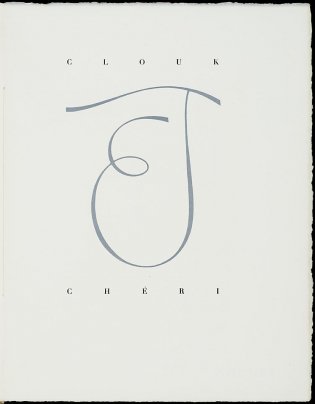
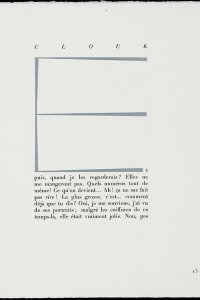
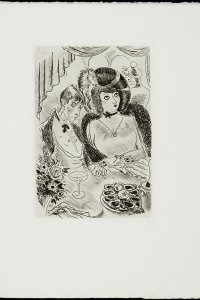

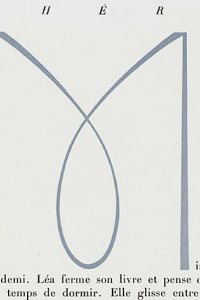

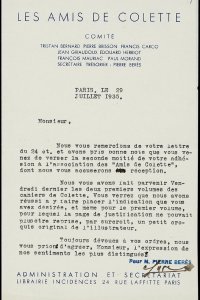
![Ets door Louis Touchagues (p. [9])](/sites/default/files/styles/gerelateerd_item_mob/public/images/florie-p9.jpg?h=73d2fc1b&itok=Z8D1SMPy)
